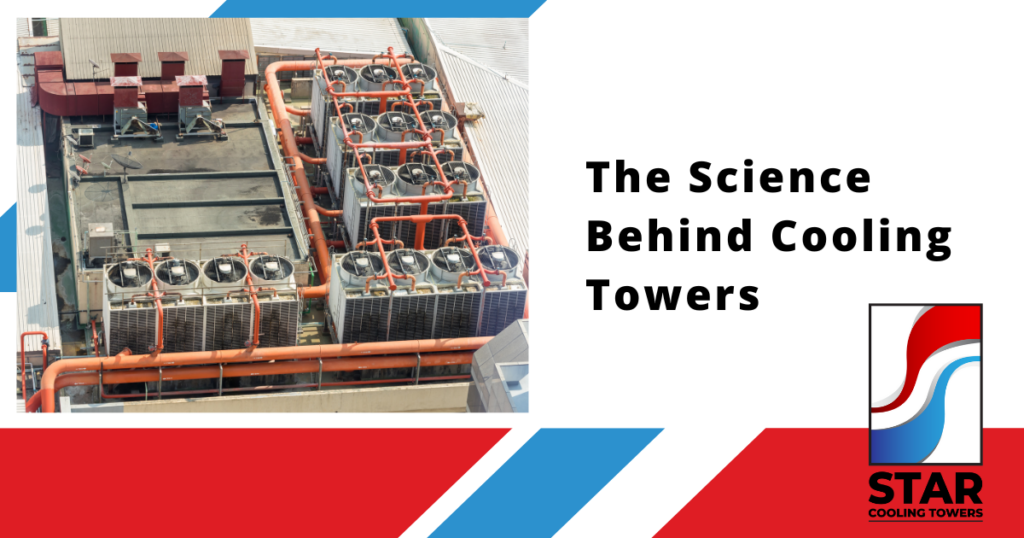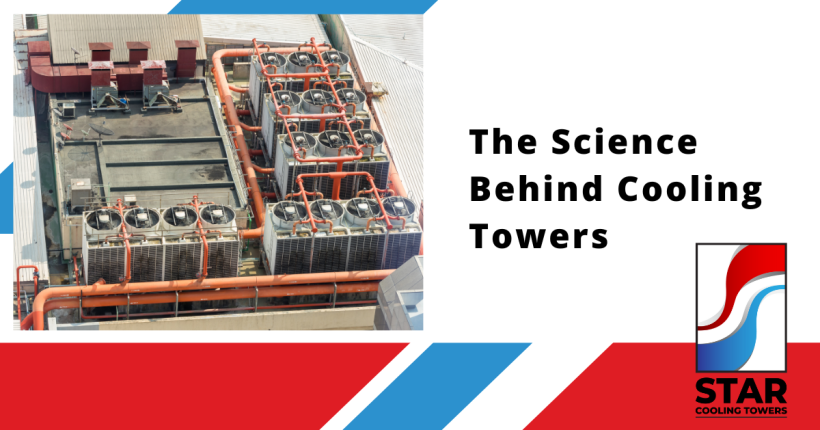
When the summer heat becomes unbearable, we often seek refuge indoors with the help of air conditioning. But have you ever wondered how cooling towers play a crucial role in keeping us cool? Let’s delve into the science behind these remarkable structures and how they work.
What is a Cooling Tower?
A cooling tower is a large, open-air structure typically found in industrial or commercial settings. It is designed to remove excess heat from a building or facility by transferring it to the atmosphere through evaporation and convection processes. Cooling towers are commonly used in power plants, manufacturing facilities, and large-scale air conditioning systems.
The Basics of Heat Transfer
Before understanding how cooling towers work, it’s important to grasp the basics of heat transfer. Heat naturally flows from a higher temperature to a lower temperature until the two reach equilibrium. There are three primary modes of heat transfer:
- Conduction: The direct transfer of heat through solids or between objects in physical contact.
- Convection: The transfer of heat through a fluid (liquid or gas) when it circulates.
- Radiation: The transfer of heat through electromagnetic waves.
How Cooling Towers Utilize Evaporation
Cooling towers rely on the process of evaporation to dissipate heat and keep the surrounding environment cooler. Here’s how it works:
- Water Circulation: The cooling tower receives warm water from the building through pipes.
- Distribution: The warm water is evenly distributed over the fill material within the tower.
- Air Flow: Simultaneously, air is drawn into the tower through fans.
- Contact with Fill Material: The warm water cascades down through the fill material, creating a large surface area for contact with the air.
- Evaporation: As the warm water comes into contact with the air, some of it evaporates, absorbing heat in the process.
- Heat Dissipation: The cooled water collects at the bottom of the tower and is recirculated back into the building. Meanwhile, the warm, moisture-laden air is expelled through the top of the tower.
The Role of Convection in Cooling Towers
Convection plays a vital role in the cooling process within towers. As the warm water cascades down the fill material, it creates a larger surface area for the air to interact with. This interaction enhances the transfer of heat from the water to the air. The moist air, which carries some of the heat energy, rises to the top of the tower, creating a draft that expels the heat into the atmosphere.
Enhancing Cooling Efficiency
To maximize cooling efficiency, some cooling towers incorporate additional design features. These may include:
- Drift Eliminators: These devices help reduce the amount of water droplets carried away with the expelled air, minimizing water loss and environmental impact.
- Louvers: Louvers are adjustable slats that control the airflow within the tower, allowing for better heat transfer.
- Fan Control Systems: Sophisticated control systems regulate fan speed based on ambient conditions, ensuring optimal performance while conserving energy.
Cooling towers are marvels of engineering that play a crucial role in keeping us cool during hot summer months. By harnessing the principles of evaporation and convection, these structures efficiently transfer heat from buildings or industrial processes to the atmosphere. Understanding the science behind cooling towers allows us to appreciate their contribution to our comfort and well-being.


